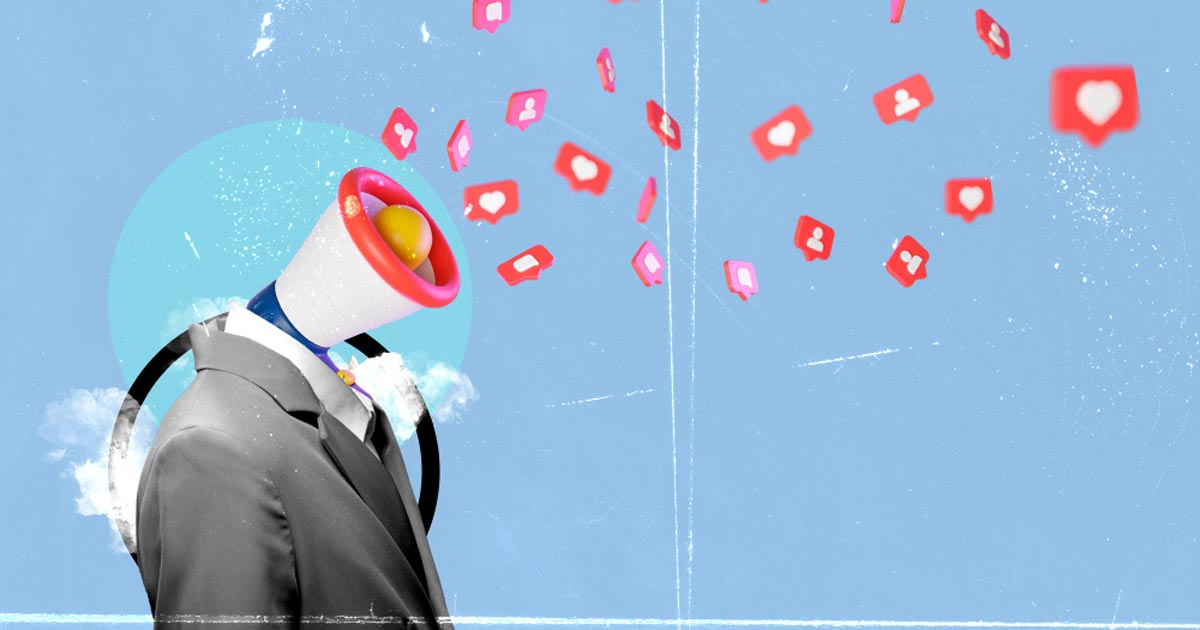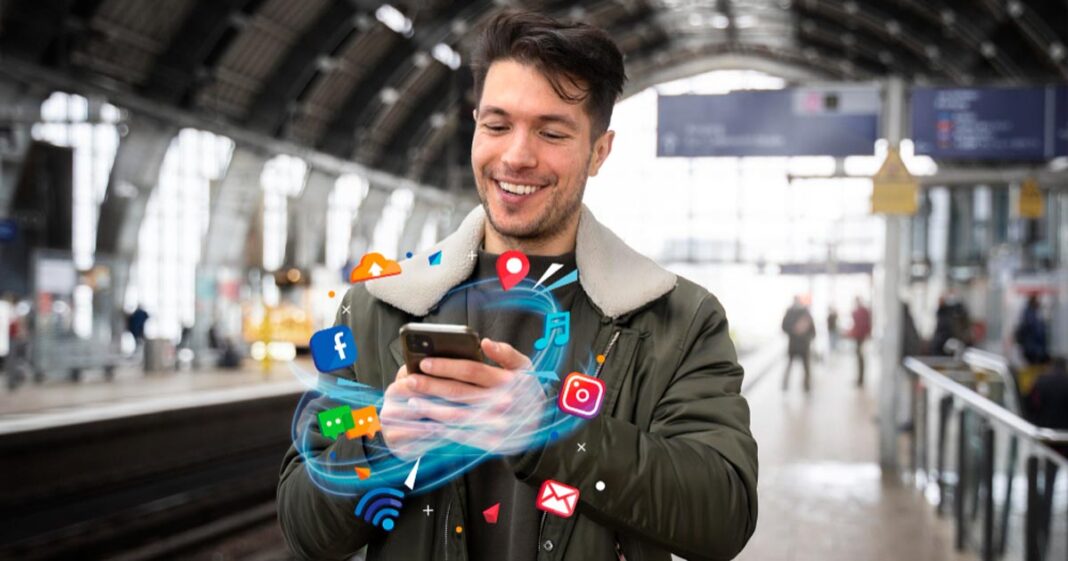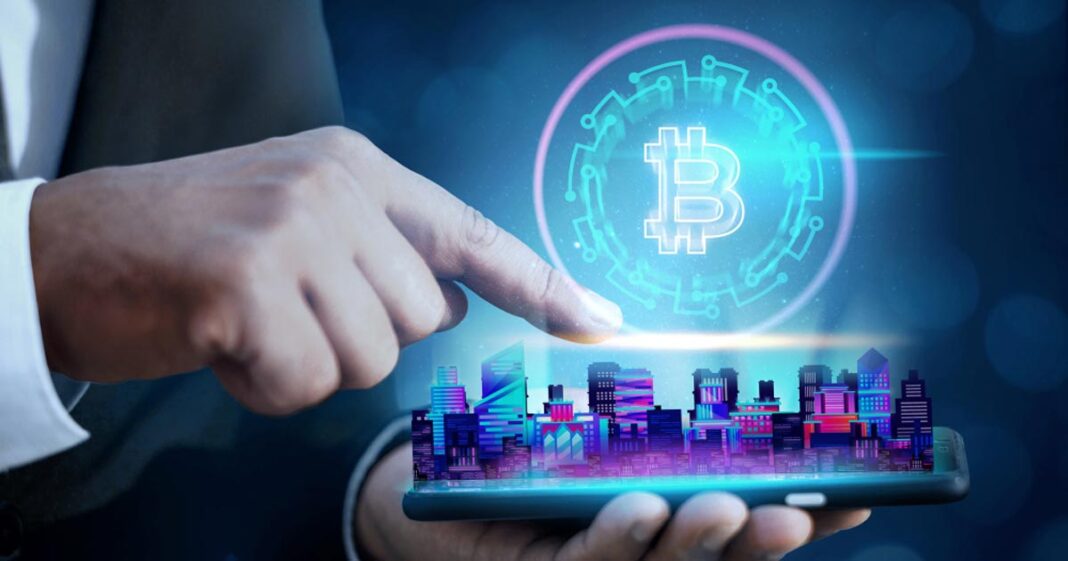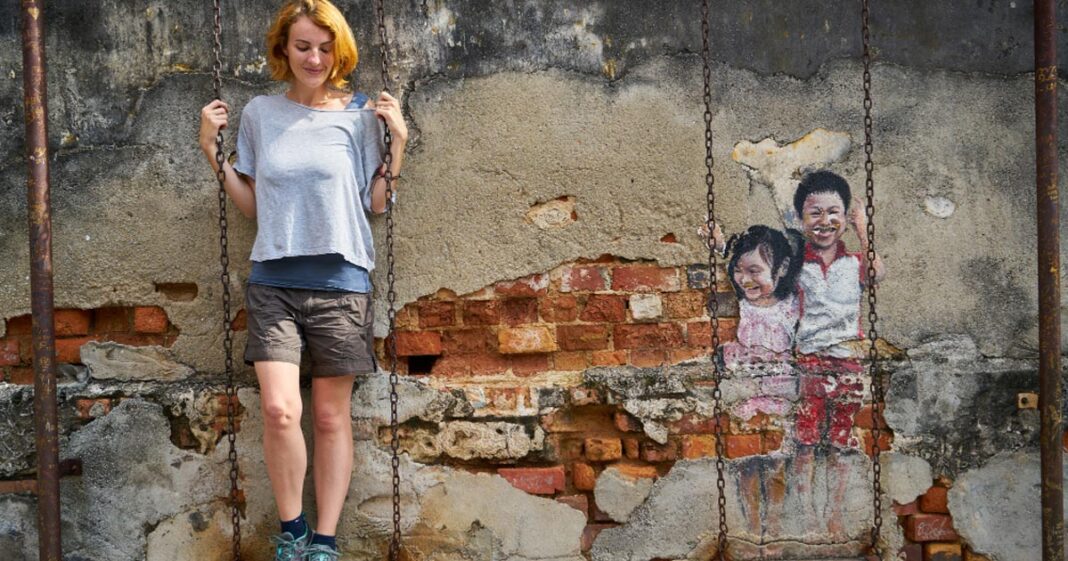
Once confined to galleries and exhibitions, modern artists are now stepping into the spotlight—via their smartphones. In a country where TikTok-style reels, viral Instagram carousels, and LinkedIn art threads can create overnight sensations, India’s art scene is no longer defined by hushed museums but by the scroll of a screen.
Social media has shattered traditional barriers, democratizing who gets seen, who gets paid, and who becomes the next art star. In 2025, modern artists are influencers, educators, entrepreneurs—and at times, revolutionaries.
The Rise of the “Artfluencer”
Take the case of Nandita Verma, a 29-year-old abstract painter from Lucknow. Three years ago, she was struggling to sell a single piece. Today, her Instagram account @artbynandita has over 1.1 million followers, and her limited-edition prints often sell out within hours.
Nandita’s growth began with a series called #ColorOfThoughts—one-minute videos explaining the emotion behind each piece. In 2024, she was featured in Forbes India’s “Creative Digital Stars”, and in February 2025, she held her first solo exhibition at the Jehangir Art Gallery, Mumbai, entirely funded by proceeds from her online print sales.
“I didn’t wait for a gallery to ‘approve’ me,” she told The Times of India. “Instagram became my gallery. My phone became my art dealer.”
Reels as Renaissance: Performance Art Goes Viral
Social media has birthed new formats of expression that defy the canvas. Performance artist Aarav Bhattacharya, known for his fusion of classical Bharatanatyam and AI-generated visual projections, went viral on YouTube Shorts with over 50 million views in 2024 for his piece “Future Nataraja.”
His live performances are now booked across India and Southeast Asia. “Art is no longer still,” says Aarav. “It moves, dances, and engages through clicks.”
In March 2025, he received the Global Arts Fusion Award in Singapore, cementing his status as one of India’s leading digital-age performers.
From DMs to Dollars: The New Art Economy
For many Indian artists, a viral moment can translate into lakhs.
Bhavana Saluja, a self-taught digital illustrator from Pune, started by posting sketches of Indian women in traditional attire with modern twists. Her artwork, shared through Pinterest and Twitter, attracted collaborations with FabIndia, Tanishq, and even a short film poster for Netflix India.
In an interview with Hindustan Times, Bhavana shared: “I’ve never entered a physical gallery. Everything I’ve earned—over ₹40 lakh in commissions—came from social media DMs.”
Online art marketplaces like Terrain.art and Kalaverse now offer seamless integration with Instagram and YouTube, allowing followers to purchase artwork directly.
Hashtags That Spark Movements
Art on social media isn’t just for likes—it has sparked powerful conversations. The 2024 hashtag #DalitVoicesThroughArt, started by Hyderabad-based muralist Ravi Paswan, encouraged artists from marginalized communities to showcase their stories.
The movement was covered in Scroll.in and The Hindu, leading to a digital exhibit hosted by the British Museum in partnership with Instagram India. Ravi was honored with the Social Impact Artist Award at the India Art Fair 2025.
“It’s not about trending,” Ravi said. “It’s about being heard.”
When Art Meets Algorithms: The Double-Edged Sword
But the algorithmic nature of platforms like Instagram and YouTube isn’t always kind. “You’re only as good as your engagement rate,” says artist and activist Trisha Memon, who critiques the platformization of creativity.
She adds, “Good art sometimes gets buried because it doesn’t fit the visual trend. There’s a pressure to ‘perform’ instead of create.” Her blog post “Likes Don’t Feed the Soul” went viral on Medium and was picked up by The Wire Arts.
Still, most artists agree that visibility via social media outweighs the risks, especially in a country where traditional gallery access remains elitist.
Art Fairs, Virtual Shows, and Instagram Curation
In 2025, even major art institutions are embracing the social shift.
- India Art Fair now runs an “InstaCuration” program where trending Indian digital artists are selected by an AI bot based on public engagement.
- The Lalit Kala Akademi has a curated YouTube channel showcasing monthly artist documentaries and creative walkthroughs.
- Google Arts & Culture India partnered with Instagram to host #BharatCanvas, a virtual museum made up entirely of curated social media art.
The Rise of Regional Languages and Rural Art
Another key development: regional art from rural India is now getting global attention thanks to vernacular content.
Pushpa Devi, a Madhubani artist from Bihar, gained 350k followers on Facebook after her granddaughter began posting 30-second reels of her painting rituals in Maithili. Her work was recently featured in the New York Times Arts Asia section, and she was awarded the Padma Shri for Folk Art 2025.
“My hands know the story. My granddaughter knows the phone. Together, we found the world,” she told Dainik Jagran.
The Road Ahead: What Will Art Look Like in the Age of AI and AR?
With augmented reality (AR), filters, and AI-generated visuals becoming the norm, the definition of art is expanding. Social platforms are even helping artists monetize these experiences.
In February 2025, Meta India launched a new tool enabling creators to add 3D textures and augmented backgrounds to artworks via Instagram Stories. Artists like Devika Taneja, who blend traditional Indian textiles with interactive AR filters, are pioneering this new frontier.
Conclusion: The New Canvas Is the Cloud
Social media hasn’t just impacted Indian art—it has rewritten its rules. From emerging creators in Tier-2 towns to global exhibits organized via DMs, the power of the post, the reel, and the retweet has made art more inclusive, accessible, and dynamic than ever.
In 2025, India’s artists are no longer waiting to be discovered—they’re uploading, streaming, and storytelling their way into history.
As Nandita Verma puts it, “The canvas was never enough. We needed the camera too.”





